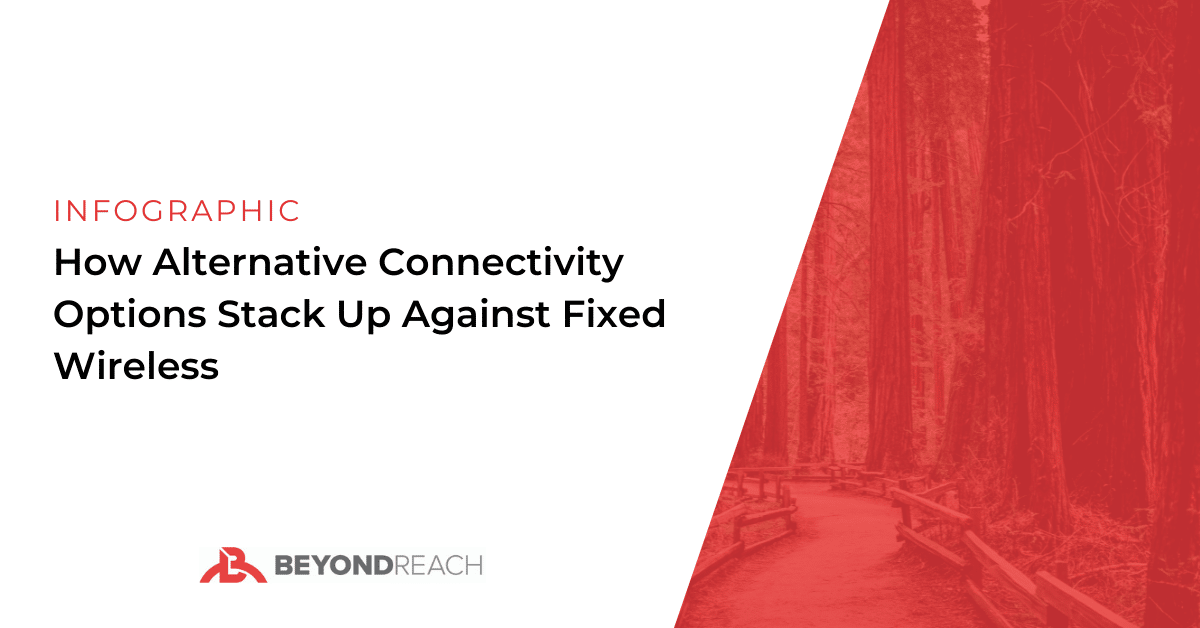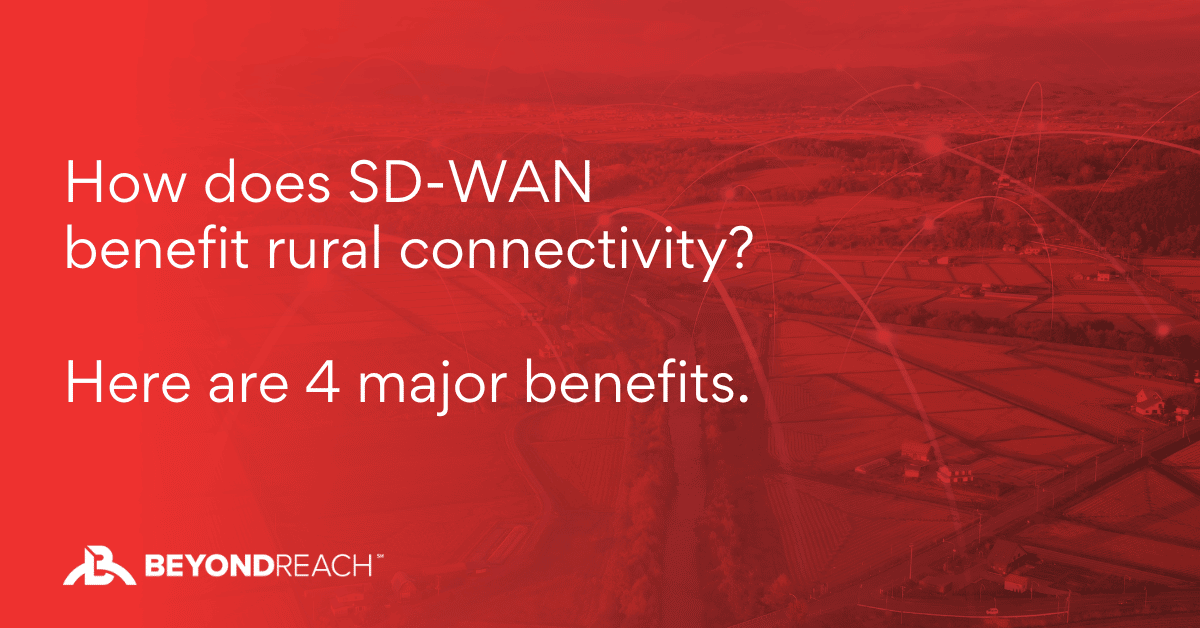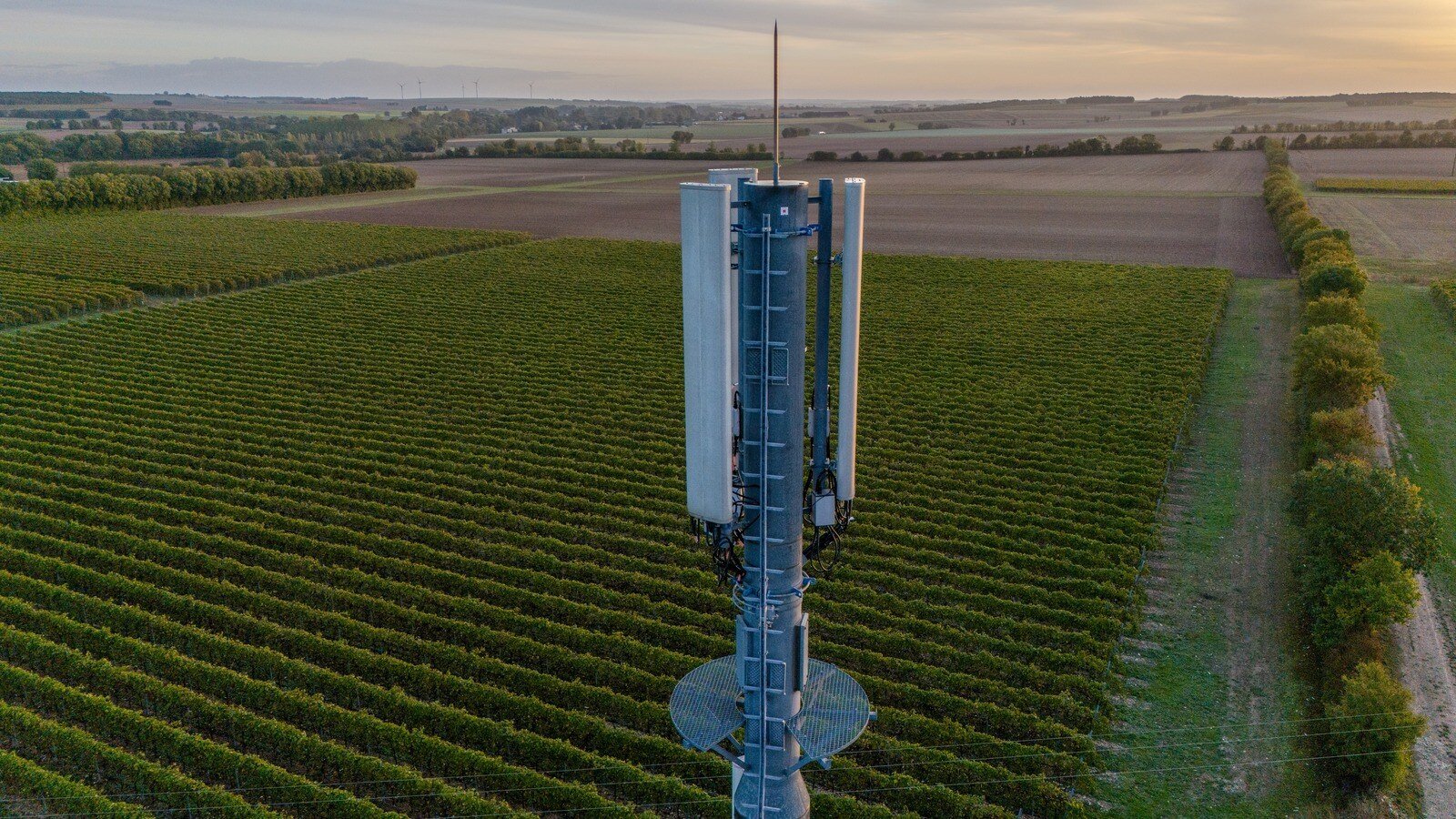Fixed Wireless vs. DSL for Rural Internet Access: Choosing the Right Solution
Providing reliable internet access to customers in rural and remote areas has long been a challenge for internet service providers. With around 20% of rural businesses still lacking access to broadband internet,1 bridging this digital divide can stimulate economic growth and enable opportunities for education, healthcare, and social connectivity.
As a service provider catering to rural businesses, understanding the nuances between internet options like fixed wireless and digital subscriber line (DSL) is crucial to offering the right solution to your clients. In this blog, we’ll break down how fixed wireless vs. DSL compare to help you make informed decisions that meet your rural business customers' needs.
What Is DSL?
DSL, one of the oldest forms of internet access, uses existing telephone lines to provide service. This means for areas already equipped with such infrastructure, DSL can be a quick and straightforward solution. Because it offers a physical connection, DSL is highly reliable. However, DSL’s major limitation is its dependency on proximity to the service provider’s hub. The farther away a home or business is, the weaker and slower the connection becomes – which can be a significant challenge for sprawling rural areas.
What Is Fixed Wireless?
Fixed wireless internet isn’t limited by physical cables. Instead, it offers high-speed internet through radio waves transmitted from a base station to an antenna at the user's location. This technology overcomes geographical challenges like rivers, mountains, and vast distances that DSL can’t economically or physically bridge. For rural communities, this means access to faster internet speeds without the need for extensive infrastructure development.
 Fixed Wireless vs. DSL: Which Is Better for Rural Businesses?
Fixed Wireless vs. DSL: Which Is Better for Rural Businesses?
Many service providers struggle to help business clients in rural and remote areas find affordable, reliable internet access solutions. Here’s a breakdown of the primary differences between fixed wireless internet and DSL to help you deliver the right connectivity solution to your hard-to-reach customers.
Speed and Performance
Fixed wireless typically offers better performance than DSL solutions in remote areas – a must, considering 66% of rural businesses say poor internet performance negatively impacts their business.2 Fixed wireless delivers faster speeds to support streaming, video conferencing, cloud computing, and other modern business operations, making it a more robust solution for today's digital demands.
Reliability
Both fixed wireless and DSL offer relatively reliable connections, but their reliability can be impacted by different factors. DSL's reliability stems from its physical connection through telephone lines, making it less susceptible to interference from weather or obstructions. However, fixed wireless systems – when properly installed and maintained – can also achieve high levels of uptime and reliability, even in challenging rural environments.
Ease of Setup
Fixed wireless systems can be installed relatively quickly, with minimal disruption to the physical environment. Unlike DSL, which may require new wiring or infrastructure upgrades, fixed wireless setups generally involve installing an antenna and ensuring a clear line of sight to the base station. This not only simplifies the initial installation but also reduces maintenance complexities.
Cloud Connectivity
Over 47% of businesses in urban areas are using cloud computing, compared to only 32% in the most remote locations.3 Thanks to its ability to provide higher internet speeds and more reliable connectivity, fixed wireless helps rural businesses adopt cloud-based tools for operations, collaboration, and data management. In contrast, the lower bandwidth and potential latency issues associated with DSL in remote areas can hinder the performance and responsiveness of cloud services, resulting in frustrating experiences for employees and customers.
 Scalability
Scalability
Both fixed wireless and DSL offer cost-effective options for rural internet access, but their scalability and long-term costs differ. Fixed wireless systems often have lower upfront costs and can be more easily expanded or upgraded as business needs evolve without the need for extensive infrastructure investments. DSL may require significant infrastructure overhauls to accommodate increased bandwidth demands, potentially resulting in higher long-term costs.
Deliver Reliable Fixed Wireless Internet With BeyondReach
While DSL has been a reliable option in areas with existing telephone infrastructure, fixed wireless internet is emerging as a more scalable and high-performance solution for rural businesses. Ultimately, choosing between fixed wireless vs. DSL for rural internet access often comes down to assessing your customers’ unique needs, geographical challenges, and future internet demands.
At BeyondReach, we help ISPs, carriers, managed service providers, and aggregators bring high-speed, reliable internet to the most remote corners of the world. We focus on building fixed wireless internet solutions where other options don’t exist – so you can expand your network to provide business connectivity in even the hardest-to-reach areas.
Partner with BeyondReach to deliver:
- Broadband - We’ll engineer fixed wireless, fiber, or copper broadband solutions to keep your business clients connected for less.
- DIA - Ensure your customers enjoy uninterrupted business operations with dedicated internet access solutions backed by performance SLAs.
- Ethernet Transport - We provide point-to-point Ethernet transport to connect multiple locations for reliable, secure data transfer.
Ready to connect your rural customers to modern, reliable internet? Reach out to BeyondReach today to get started.
Sources:
- https://www.gao.gov/products/gao-22-106116
- https://americaninnovators.com/rural-report
- https://dailyyonder.com/lack-of-access-to-cloud-computing-may-hinder-rural-innovation-study-shows/2023/08/17










